A classroom is a crucial space for learners; one that mandates the imperative that students have to feel empowered and be recognised for who they are. As a teacher, there is greater onus on the educator to create a space that is inclusive and welcoming. This basic task begins by respecting pronouns. The experience reaches the pinnacle when the teacher can help, through language, make the learner feel like they too belong in the classroom and thus ensure the students are fully present in this academic experience.
Inclusive curriculum standards legislation includes the local or state law that dictates the inclusion of LGBTQ+ population, their history and culture together with the Black and indigenous histories, and people with disabilities. A curriculum is much like a mirror where readers/learners go to, to understand the culture that the mirror reflects. Most often, it is a window that opens to understanding the perspectives and experiences of people who have different identities.
These are some of the explanations given by families to induce a sense of guilt, with the hope that their identity can be revoked. Later, two gay men of my class, admitted to me (in private) that they were indeed gay and that they often left out; both at home and in class. To align themselves to the heteronormative behaviour, they often double role themselves and identify themselves with other men of the class; by discussing girls and things that are usually identified as boy-like. For a person like him and others, to feel more inclusive, we as teachers can take some steps.
A proper understanding of their history further ensures the reader/learner in reducing their assumptions and judgements towards a particular community. A simple introduction of trans history, their struggle to establish identity are some of the modules that a history text should introduce. They foster in creating a positive environment and elevates the students’ ability to empathise and connect with the diverse group.
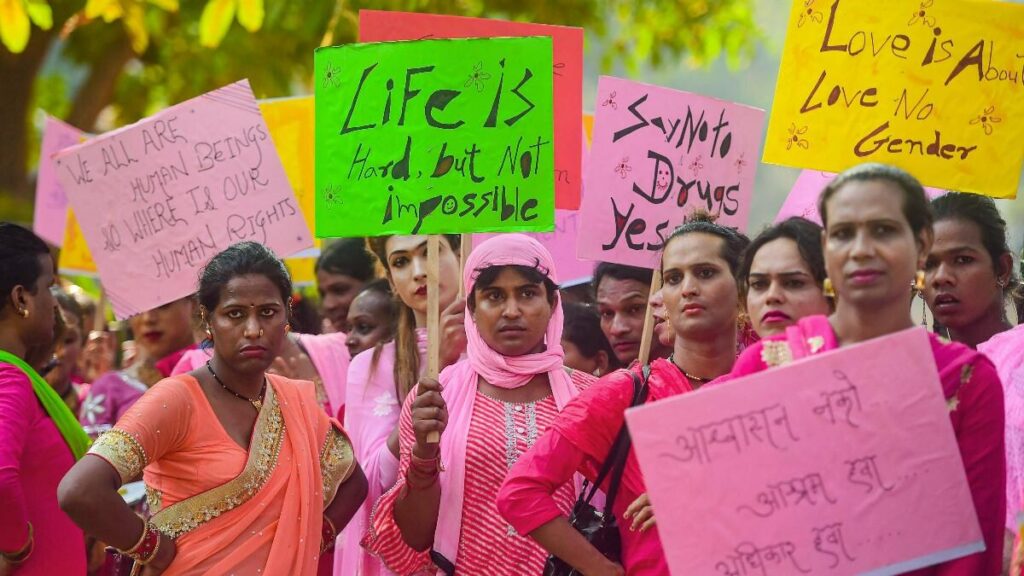
A coherent curriculum is the one that will, at all times, be sought and practised in the classroom. For example, discussing the LGBTQ+ community only during the LGBTQ+ pride awareness month, can only further isolate the group. Sometimes lessons included in textbooks only represent the so-called “normal” population, thus leaving the reader/learner no way to relate to the overall concept or idea being taught in the class. Pragmatic symbols such as toilets for boys and girls can be confusing for children who do not conform to one gender. Teachers also need to take time to explain the difference between sex and gender. When simpler vocabulary such as these are assumed to be known, students tend to judge when they see or hear about a third gender.
A classroom model for inclusion
As a teacher, there is ample scope to change the entire narrative or predisposition that the student comes with. Bullying, harassment and even exclusion is a worldwide phenomenon for the LGBTQ+ community. Explicitly, they are often subjected to catcalling, public ridicule, rumours and obscene discussion of their private parts.
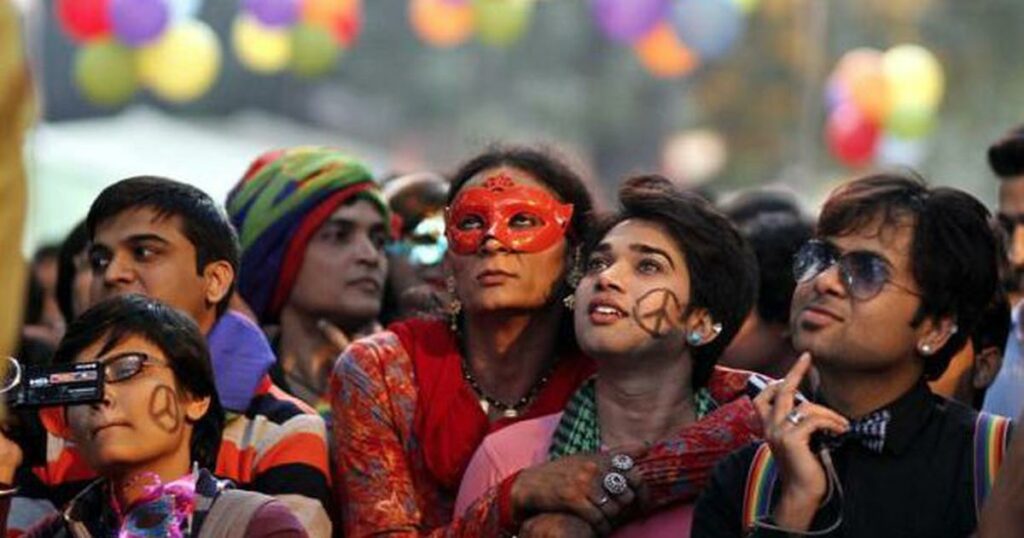
The stigma, we must remember, stems from the cultural belief of the role of a man and woman. Implicit violence on the other hand stems from classrooms through discriminatory textbooks, curriculum, teaching materials, vernacular language that only addresses the class as boys and girls.
Also read: 11 Queer And Trans Affirmative Moments Of 2022 That Created History
Besides a comprehensive sex education class, the need of the hour is to bring in narratives from the queer/LGBT community. It makes a greater impact to increase their representation in teaching resources; by way of giving access to stories that feature LGBTQ+ characters and narratives, including pictures of man, woman and the third sex etc.
An inclusive curriculum does not only promote equal representation, but also creates a safer space for a diverse population. This enhances the overall learning experience. It eliminates any chance of taboo or a negative outlook on certain groups. Incorporating these practices should happen with all disciplines. Only an inclusive education will help combat the tendency of the world towards prejudice and fear.
In a class discussion, a particular student quoted how god made only two sexes and the third sex is therefore a punishment. Another student added that we cannot go against god and hence their suffering. Such narratives are not new. These are some of the explanations given by families to induce a sense of guilt, with the hope that their identity can be revoked. Later, two gay men of my class, said to me (in private) that they were indeed gay and that they often left out; both at home and in class.
Also read: FII Interviews: Negha Shahin Talks About Trans Feminism And Mental Health
To align themselves to the heteronormative behaviour, they often double role themselves and identify themselves with other men of the class; by discussing girls and things that are usually identified as boy-like. For a person like him and others, to feel more inclusive, we as teachers can take some steps. Such actions however need to be adapted and radiated to other professions which have the potential to induce change.
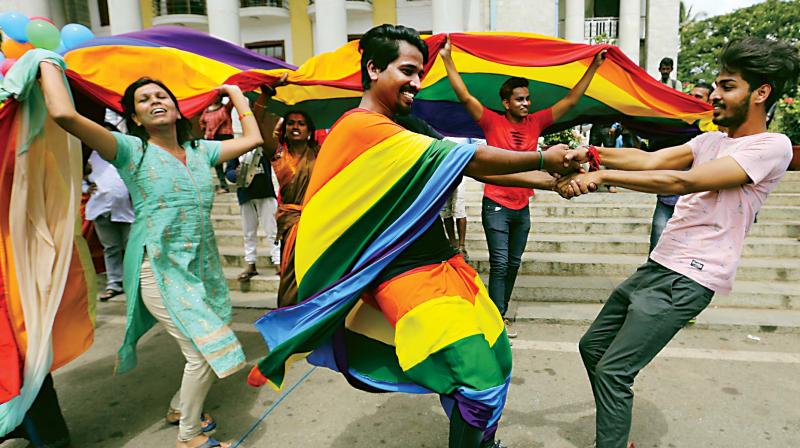
There are however some ways in which the classroom can be made a little more personalised:
- State the preferred pronoun: Always begin by including your preferred pronoun in the emails and other communication medium, so that the students get the inspiration to do the same. Least, the students of the class start feeling this is normal.
- Penalise the use of common pronouns: For a writing intensive course, promote the learner to use they/them/their. Further, create opportunities for the learner to use them in context and emphasise their usage until it becomes a habit. As a faculty, I have often cut their marks for every time they used it wrong.
- Promote the awareness of multiple identities: Understanding the culture and history of the diverse population will not be effectively achieved without including them as a part of the curriculum. For example, when studying social reform movements, including gay right movements will create a better impact. The more the students hear about them, the better is their chance to be more welcoming. Simpler acts such as citing the ‘other’ history in the class, as a part of explaining or allowing people of diverse groups to speak when discussing concepts will help.
- Providing examples: Bringing in ample examples to the class that are particularly neglected, such as talking about their idea of beauty, standards of good looking, normative behaviour etc. Greater exposure to such ideas will create a positive space and a general satisfaction to everyone in the class.
- Careful selection of reading materials: When selecting reading materials for students, deliberately include perspectives from the LGBTQ+ community. In STEM, it is possible to include case studies that may have these people. In maths, the faculty can consider using a population of LGBTQ+ community to teach statistics in Mathematics.
Shaping our thoughts with inclusive curriculum
Rigorous training given to the child during childhood to think and act normal will have a huge impact on the younger population. Ideas or misconceptions of this kind generally can be countered through open discussions only. Most of the time, acts that do not conform to normality are marked as good or bad. Such cognitive rigidity needs to be met with whys.
Also read: A Guide Towards Inclusion: Supreme Court Releases An LGBTQIA+ Sensitization Module For The Judiciary
For example, when the student in my class told me that they are going to god and this is aptly the punishment they receive, I asked him “Do gods like you only when you do something ‘good’?” to which he replied “God is universally loving, but will not tolerate such acts”. I retorted “then how is god universally loving?”. He had no answer. The attempt is to not shut him or shame him, but to elicit the appropriate response out of him.

If this practice starts very early or in the crucial formative years of a child, it can positively reflect in his/her behaviour. The child will also grow to have the maturity to not join someone when they ridicule a particular community. Cognitive rigidity is real, it results from a lack of mental flexibility. When such rigidity exists, a mere consideration of an alternative becomes difficult. Our minds are typically flexible; one that is highly capable of being moulded. To make the best of it, we need better educators, people who make others think and question the system. Academics is probably the first biggest platform to start this refined thinking practice.
An inclusive curriculum does not only promote equal representation, but also creates a safer space for a diverse population. This enhances the overall learning experience. Incorporating these practices should happen with all disciplines. Only an inclusive education will help combat the tendency of the world towards prejudice and fear.
About the author(s)
Sreerakuvandana is an Assistant Professor at Jain Deemed-to-be University. Her areas of interest include Pedagogy, Cognitive Linguistics, and ELT.
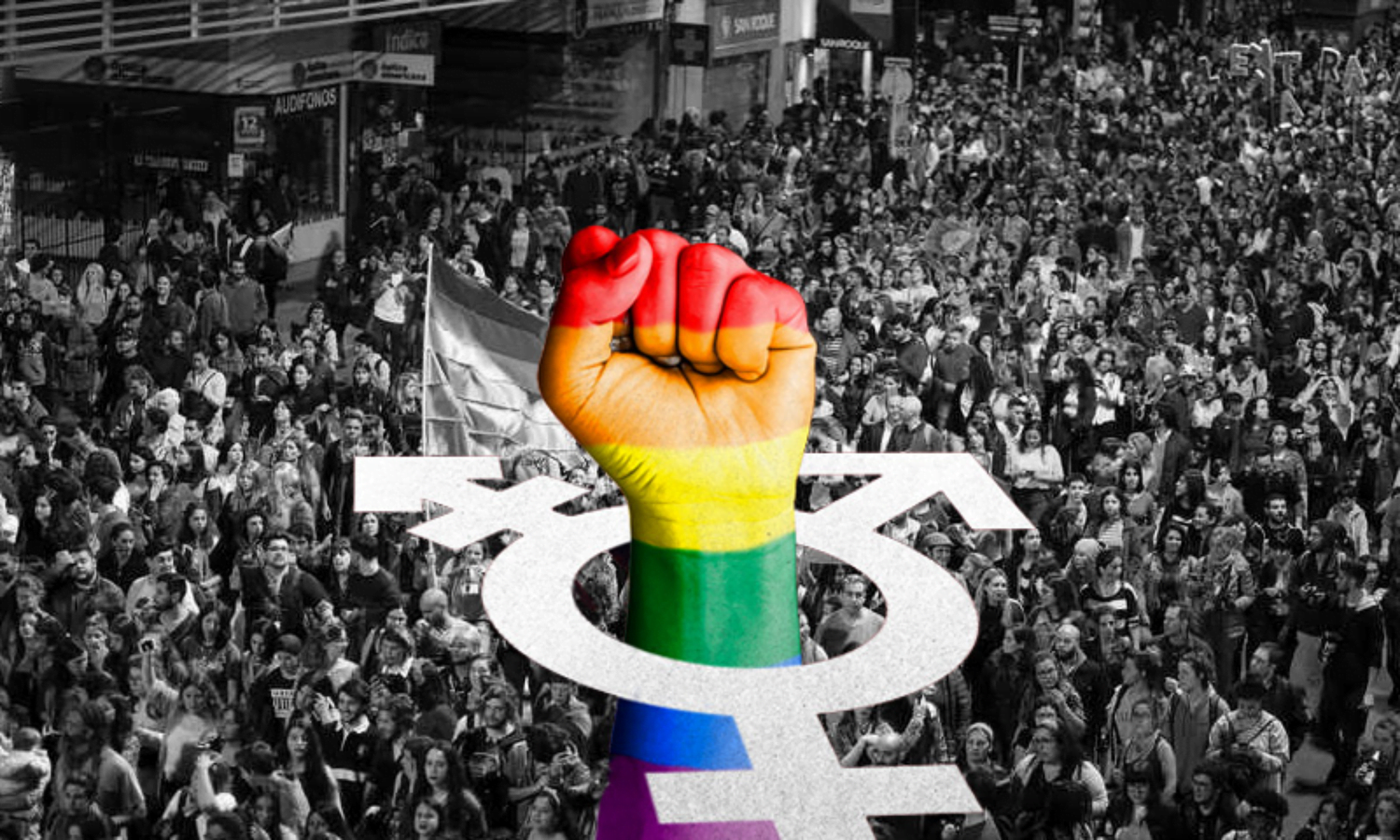


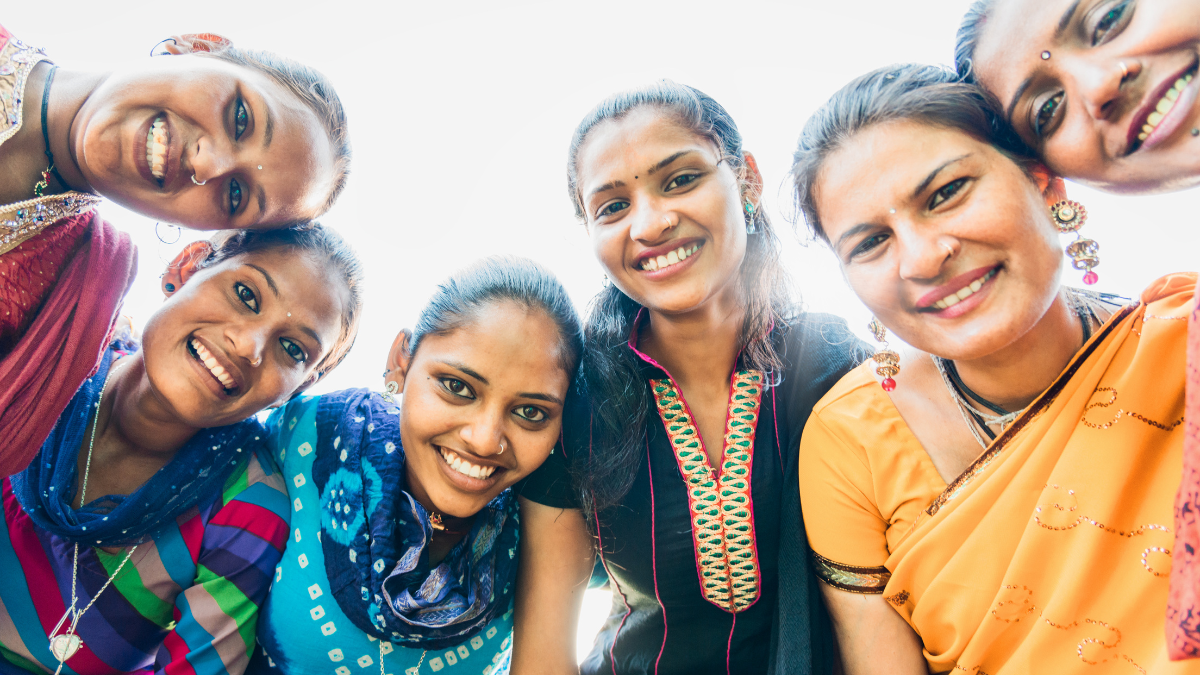

Nice article.
As the article rightly points out in the 2nd last para ,the formative years are the key & these subjects need to be discussed from school level in a gradually increasing intensity before the cognitive rigidity gets formed where home / society education has already implanted ideas such as God made only two sexes , punishment etc.
Makes absolute sense, but insisting students to use ‘their’ in addition to his/her increases the cognitive load in framing a sentence.